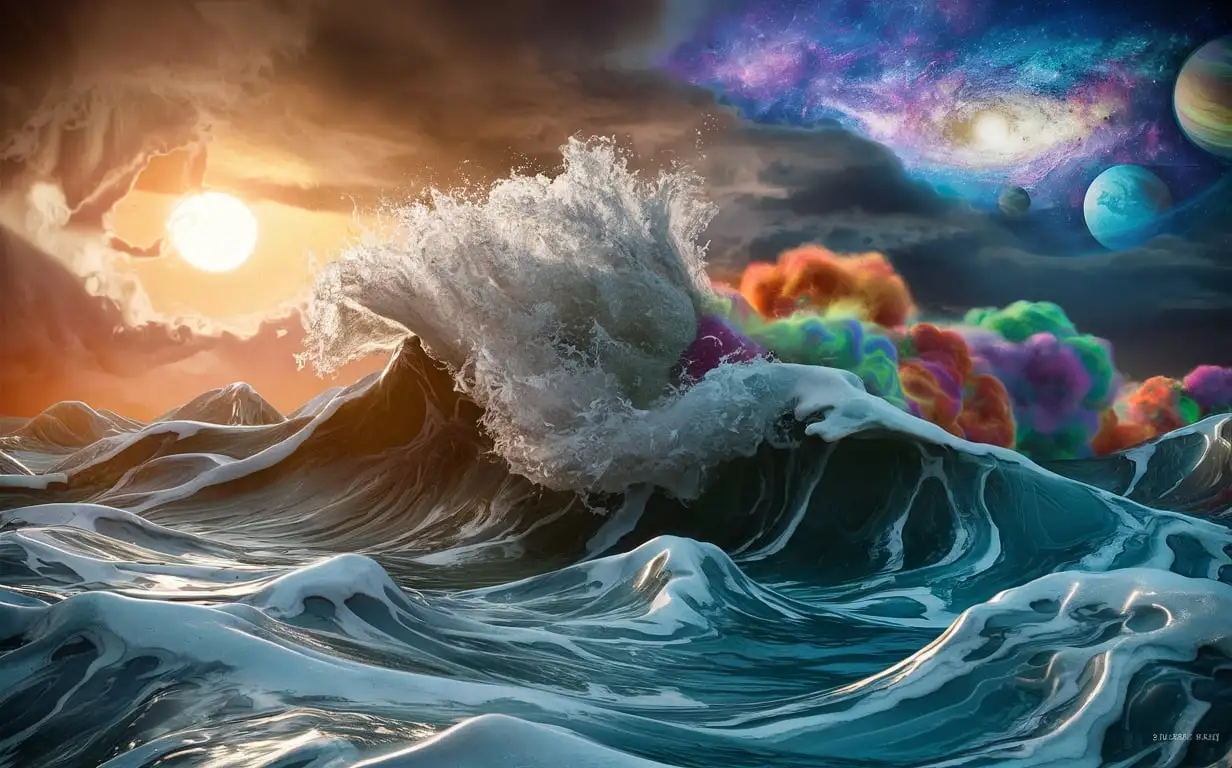4 Free Environmental Art AI images Powered by Stable Diffusion XL
Welcome to our Environmental Art image collection, showcasing 4 free AI-generated images. Discover a variety of stock photos, 3D objects, vectors, and illustrations. Enjoy high-resolution downloads and utilize our 'open in editor' feature to adjust prompts for creating your ideal image. Generated by




Environmental Art is a genre that emphasizes the relationship between art and the natural environment. It emerged in the 1960s as artists began to incorporate ecological concerns and environmental activism into their work. This form of art often includes large-scale installations, site-specific sculptures, and land art, which interact directly with the natural surroundings. The movement has evolved to address contemporary issues such as climate change, sustainability, and human impact on nature, making it a powerful medium for raising awareness and fostering a deeper connection with the environment.
Exploring the Essence and Evolution of Environmental Art
Key characteristics of Environmental Art include the use of natural materials, integration with the landscape, and a focus on sustainability. Artists often create works that are temporary, biodegradable, or designed to evolve with the environment over time. This genre is used in various applications, from public art installations that enhance urban green spaces to educational projects that engage communities in environmental conservation. The immersive nature of Environmental Art allows it to transform spaces and inspire viewers to reflect on their relationship with the natural world.
Characteristics and Applications of Environmental Art
Notable Environmental Artists include Andy Goldsworthy, known for his ephemeral sculptures made from natural materials, and Christo and Jeanne-Claude, whose large-scale installations such as 'The Gates' in Central Park have captivated audiences worldwide. Other influential figures include Agnes Denes, whose 'Wheatfield - A Confrontation' transformed a Manhattan landfill into a field of wheat, and Robert Smithson, whose 'Spiral Jetty' remains a seminal piece of land art. These artists have significantly contributed to the field by challenging perceptions of art and nature, and by using their work to address environmental issues.
Influential Environmental Artists and Their Impactful Works
The future of Environmental Art is marked by innovation and a growing emphasis on sustainability. Emerging trends include the use of renewable energy sources in art installations, digital technologies to create interactive and immersive experiences, and collaborations between artists and scientists to address environmental challenges. As awareness of ecological issues increases, Environmental Art is poised to play a crucial role in advocating for sustainable practices and inspiring action. The integration of AI in generating and enhancing Environmental Art opens new possibilities for creativity and engagement, making this genre more accessible and impactful.
The Future of Environmental Art: Trends and Innovations